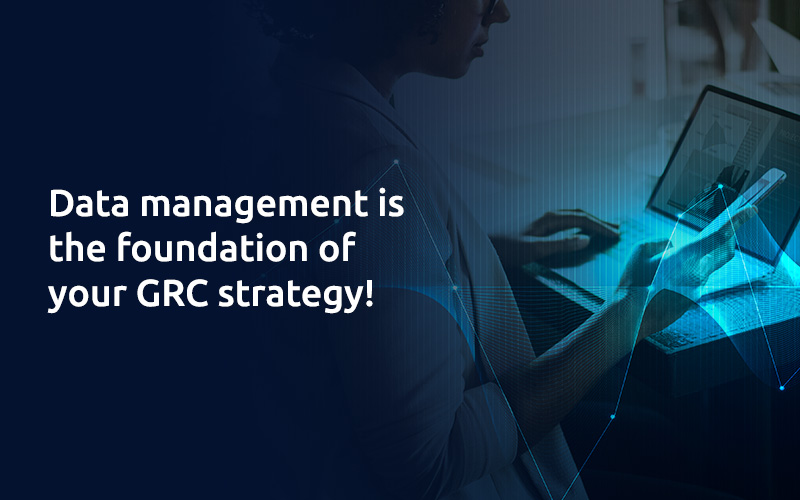
Data management is the foundation of your GRC strategy!
With a growing customer base, a greater emphasis on world economy, and a stringent compliance environment, banking and financial services firms necessitate GRC solutions that provide a better understanding of risk as well as a holistic approach of the customer.
A comprehensive process of information management is required for an effective governance, risk, and compliance (GRC) strategy for banking and financial services firms. You must always be able to integrate structured and unstructured data from both internal and external sources. Looking at the complete data, it allows organizations to:
- Make better strategic business decisions in response to market risks and opportunities
- Monitor the change in regulatory landscape in a proactive and effective manner
- Increase the efficiency of financial organizations
- Lower the costs of governance, audit and compliance
- Avoid fines, penalties and damage to reputation
- Obtain a full 360 degree perspective on risk and customer data within their organizations
Traditional data systems are struggling to achieve GRC requirements
Since the IT transformation and revolution, the evolution of the industry’s IT infrastructure has resulted in system proliferation and data fragmentation. Perhaps as a result of this, market research indicates that banking and financial services firms continue to support their GRC programs primarily through manual processes.
Data stored in legacy systems dispersed across departments and locations further complicates those processes. This data includes new customer background information, contract terms, information exchange logs, and other information. Furthermore, content from social sites, chat rooms, comment section usage, unstructured information from other sources, and trader behavior analytics all contribute to the amount of information that grows outside of transactional systems.
Extracting data from a relational database architecture with fragmented data is incredibly complex, costly, and time consuming, and whenever a reference changes or a new source must be embedded, the data model should be redefined.
As a result, analysts and internal GRC teams struggle to understand the risk profile of new customers, conduct business planning, and meet GRC mandates – let alone meet future, changing GRC demands.
Tech changes for improving processes in banking and finance industry
As a result of tech changes and assessments, financial analysts and internal GRC teams struggle to understand the risk profile of new customers, conduct business planning, and meet GRC mandates – let alone meeting the future and changing GRC demands. The response to the onslaught of regulatory requirements will have to include addressing the data management infrastructure, and that process will have to begin with moving data out of silos and incorporating social media content.
A framework that incorporates all types of data stored across systems allows financial institutions to gain a panoramic view of their risk, customer, and trade data. It also facilitates e-discovery. Aside from compliance, this capability is critical for monitoring and making educated decisions, especially in conjunction with Business intelligence tools. The time to market and implementation schedules are considerably shorter than those of traditional approaches that provide enterprise-level operational efficiency. Because data must be identified, aligned, and transformed, classic ETL-heavy processes invariably cause delays. Solving data challenges – and subsequent development lifecycles – is clearly not feasible with current technologies.
We will look at the factors in banking and financials in detail in the next blog!
